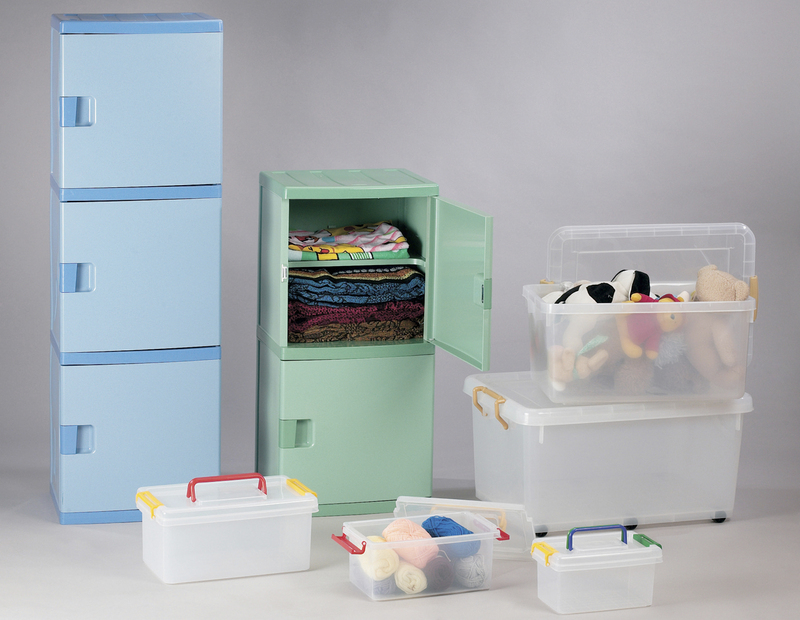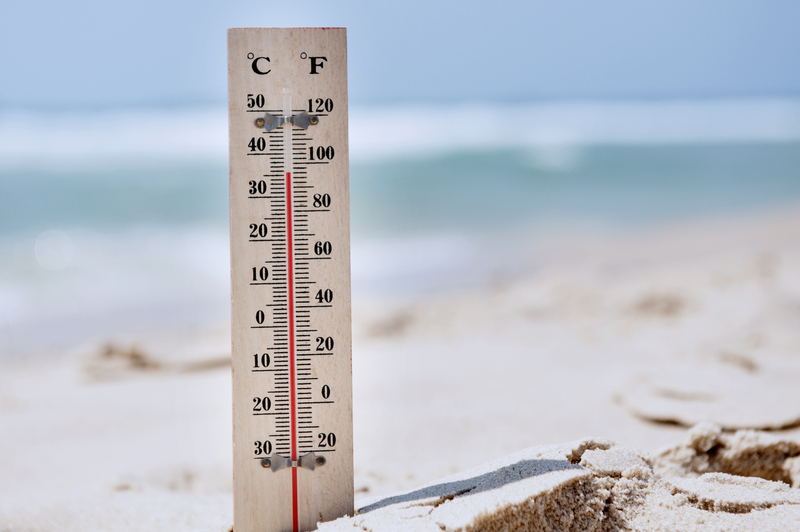How to Ensure Your Freezer Stays in Peak Condition During Downtime
Whether you're a homeowner, a restaurateur, or manage a larger commercial kitchen, properly maintaining your freezer during periods of downtime is essential. This means taking steps to prevent breakdowns, spoilage, and lost efficiency even when your freezer is not being used daily. In this comprehensive guide, we'll cover actionable strategies and best practices to ensure your freezer stays in peak condition during downtime--protecting both your investment and your stored foods.
Why Maintaining Your Freezer During Downtime Matters
It's easy to overlook the needs of your freezer when business slows, your household goes on vacation, or during seasonal shutdowns. However, "freezer maintenance during downtime" is just as crucial as when the appliance is in regular use.
- Prolongs Equipment Life: Regular care prevents premature breakdowns and expensive repairs.
- Preserves Food Quality: Even "idle" freezers can develop problems that ruin food storage conditions.
- Improves Energy Efficiency: Well-maintained freezers use less energy, saving money during operation and restart.
- Prevents Mold and Odours: Unattended freezers are susceptible to unhealthy mold growth and lingering smells.
Let's delve deeper into the steps you can take to ensure your freezer stays in optimal shape during periods of inactivity.

Pre-Downtime Preparation: The Foundation of Freezer Maintenance
1. Empty and Sort Contents
Before a planned downtime, sort through every item in your freezer. Remove any expired, damaged, or low-quality food items to avoid mess or odours later.
- Donate usable items: If the freezer will be off for an extended period, consider donating frozen food that is still safe to consume.
- Plan meals: Incorporate perishable frozen items into meals before the downtime.
2. Deep Clean the Freezer
Cleaning your freezer thoroughly is a critical step for preserving it during downtime:
- Unplug the appliance and allow ice to defrost naturally; never use sharp objects to speed up the process.
- Wipe down: Use a gentle solution of baking soda and water to clean shelves, drawers, and the interior walls.
- Sanitize: Disinfect all surfaces, making sure to dry everything completely to prevent mold and mildew.
- Clean gaskets: Don't forget to wipe the door seals, which are a common site for mold growth.
3. Inspect and Maintain Freezer Components
- Check door seals: Ensure the gasket is intact and free of debris, as air leaks can cause frost buildup and inefficiency.
- Inspect the drain: Freezer drains can clog, so ensure they're clear before the appliance sits unused.
- Look for damage: Address any cracks, warping, or visible internal issues before going into downtime.
Essential Steps: How to Ensure Your Freezer Stays in Peak Condition During Downtime
1. Decide: Leave On or Off?
The best method for maintaining your freezer during downtime depends on its duration:
- Short-term (A few days to a week): It's often wise to keep the freezer running, albeit less full, to avoid temperature fluctuations and minimize effort upon restarting.
- Long-term (Weeks to Months): Turning the freezer off is recommended to save power and prevent unnecessary wear.
2. If Leaving Your Freezer Running
- Keep it at least half-full: A fuller freezer maintains temperature better. If food is removed, fill empty space with jugs of water.
- Set optimal temperature: -18?C (0?F) is best for most freezers.
- Monitor temperature remotely: Consider a Wi-Fi thermometer or smart home device for alerts in case of power loss or breakdown.
- Check seals regularly: Ensure the door is closed tightly after use, and inspect for frost accumulation weekly.
3. If Switching Your Freezer Off
- Remove all contents.
- Prop the door open: Leave the door slightly ajar using a rolled towel or stopper to prevent smells and mold.
- Unplug completely: Disconnect from power supply.
- Place a moisture absorber: Baking soda, silica gel, or a commercial odor absorber will reduce humidity and odors.
Tip: After cleaning and propping the unit open, tape a reminder note on the door to prevent someone from closing it absentmindedly.
4. Manage Electricity and Location
- Protect from surges: If the freezer must stay plugged in, use a surge protector, especially during stormy seasons or if leaving unattended for weeks.
- Check the environment: Ensure the area remains cool, dry, and ventilated. Avoid damp basements or areas prone to high humidity, which can lead to rust or electrical problems.
Ongoing Best Practices: Keeping Your Freezer in Top Shape
1. Schedule Regular Inspections
Set reminders (monthly or quarterly) to physically inspect your freezer--even if it's not in use. Look for:
- Signs of pests (rodents, insects)
- Mold or mildew growth inside or around the door gaskets
- Unusual noises or odors
- Corrosion or moisture buildup
2. Maintain Airflow
- Space around appliance: Ensure adequate clearance (usually 1-2 inches) at the back and sides for airflow. This prevents overheating when restarted.
- Clean ventilation grills: Dust removal prevents overheating and keeps internal components working longer.
3. Protect Against Pests
- Seal any external openings into your storage area. Rodents or insects can enter via even small cracks and may damage electrical components or seals.
Restarting Your Freezer After Downtime
1. Inspect Before Powering On
- Check interior and gaskets: Make sure there is no standing water, mold, or damage.
- Ensure dryness: All surfaces need to be completely dry before reconnecting to power.
- Reset controls: Set the thermostat back to the manufacturer's recommended freezing temperature.
2. Plug In and Monitor
- Wait 15-30 minutes after moving a chest freezer before restarting to allow the refrigerant to settle, reducing risk of compressor damage.
- Monitor temperature: Use a thermometer during the first 24 hours to verify optimal performance before adding back food.
- Add items gradually: Avoid overloading at once; allow the unit to reach proper freezing temperature.
Common Problems During Freezer Downtime and Their Solutions
1. Mold or Mildew Growth
- Use bleach solution (1 part bleach to 10 parts water) on affected areas, followed by thorough drying.
- Leave doors open and plug in a small fan to speed drying if needed.
2. Odor Buildup
- Baking soda: Place an open box inside the freezer.
- Activated charcoal: Effective for absorbing persistent odors.
- Vinegar wipe-down: After cleaning with baking soda, wipe the interior with vinegar, then air dry.
3. Mechanical Issues
- Compressor won't start: Listen for unusual clicks or silence--may indicate a need for professional service.
- White or yellow build-up: Frost or residue inside signals leaks or improper closure; check gaskets and seals.
Tips for Commercial Freezers During Downtime
- Maintain log books: Record maintenance, cleaning, and downtime actions for regulatory compliance and warranty protection.
- Schedule preventative servicing: Use downtime as an opportunity for professional checks or part replacements.
- Update software, firmware, or controls: For newer freezers with digital controls, downtime is the ideal period for updates or troubleshooting.
Frequently Asked Questions About Freezer Maintenance During Downtime
- Should I defrost my freezer before downtime?
Yes, especially for long-term inactivity. Defrosting prevents ice buildup and makes cleaning simpler. - How can I keep rodents or insects out?
Seal cracks in walls, use pest control measures, and avoid storing food scraps nearby. - Is it okay to leave my freezer partially full?
Yes, but fill it at least halfway--use water-packed jugs if necessary to stabilize temperature.

Conclusion: Protecting Your Freezer for the Long Haul
Whether you're shutting down for a weekend, a summer break, or an extended closure, properly preparing your freezer for downtime and following best maintenance practices will maximize its lifespan and reliability. Regular inspections, cleanliness, environmental control, and a few preventative steps are all it takes to ensure your freezer stays in peak condition during downtime--saving you time, money, and food in the long run.
Follow this comprehensive checklist to make sure your freezer remains a dependable asset, ready to perform optimally whenever you need it again. Don't let neglect during idle periods lead to bigger headaches--professionalism and planning pay off!
Key Takeaways to Ensure Freezer Stays in Peak Condition
- Empty and clean before downtime
- Check gaskets and seals for airtight closure
- Allow air circulation if unplugged
- Start up carefully and monitor temperatures upon return to service
Regular attention, even during idle times, is the key to a long-lasting, efficient, and safe freezer. Remember, freezer maintenance during downtime is an investment in your kitchen's future!
```


